Best SERP Tracker in 2025: Choose the Right Rank-Tracking Tool for Your Goals
Compare 2025’s best SERP trackers with reviews, setup, trial tips to improve SEO and reporting.
Oct 27, 2025
Discover the top 5 proxy-powered competitor price tracking tools for 2025. Learn how rotating residential proxies keep your data fresh, accurate, and geo-aware.
Pricing battles have always been intense, but in 2025, they’re relentless—especially in industries like proxy IP services where competition is global and margins are razor-thin. One pricing misstep could send your customers to a rival with a sharper deal. Competitor price tracking software is your edge, offering real-time insights into what others charge so you can adjust rates, seize opportunities, and stay profitable.
But collecting accurate, scalable price data isn’t simple. Many websites impose geo-restrictions, rate limits, and bot defenses to thwart scrapers. That’s why integrating proxy strategies is critical for reliable price intelligence. In this post, I’ll break down the top 5 competitor price tracking tools for 2025, explain how proxies supercharge them, and guide you through picking the perfect one for your business.
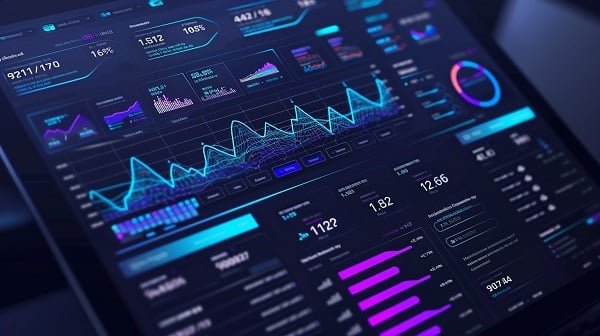
In today’s cutthroat market, tracking competitors’ prices isn’t optional—it’s survival. Here’s why it’s a game-changer:
Adjust your prices dynamically to defend profits when costs spike or undercut rivals during key sales windows.
Spot discounts and stock levels for flash sales perfectly, and avoid stock-outs or overstock.
Analyze historical price trends to predict competitor moves, plan launches, or fine-tune marketing campaigns.
Without fresh, dependable data, you’re guessing in the dark. The best tools pair advanced scraping with robust proxy support to deliver the intel you need, when you need it.
Before exploring the top tools, let’s define what separates the best from the rest—especially for proxy-driven businesses. Focus on these must-haves:
Updates prices every 5–15 minutes.
Supports burst-mode for flash sales or limited-time offers.
Tracks e-commerce platforms (Shopify, Magento, WooCommerce).
Covers marketplaces (Amazon, eBay, Alibaba).
Scrapes brand and manufacturer sites.
Offers RESTful APIs for easy data pulls.
Includes webhooks for real-time updates.
Customizable alerts (e.g., price drops by 10% or $5).
Visual dashboards plus CSV/JSON exports.
Built-in proxy rotation and geo-targeting.
CAPTCHA-solving or headless-browser options for tough sites.
Handles dozens or hundreds of competitors without choking.
Delivers clean, reliable data—because bad intel costs you money.
These benchmarks ensure your tool can keep up with 2025’s demands while leveraging proxies for uninterrupted performance.
Here are the standout tools that excel in price tracking and proxy integration:
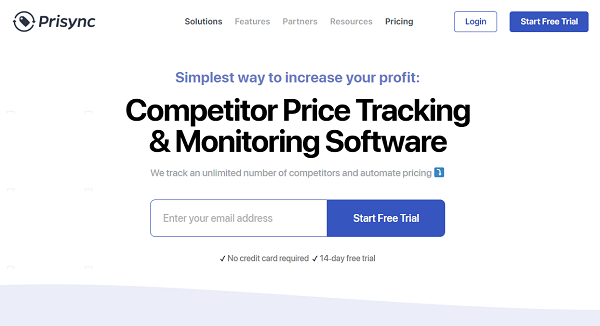
A dynamic-pricing engine that tracks unlimited competitors, offers a flexible rule engine, and integrates with Shopify, Magento, WooCommerce, etc.
Strengths: Automated repricing, AI-powered anomaly detection.
Proxy Notes: Uses datacenter proxies by default; API lets you add rotating residential proxies for tougher scrapes.
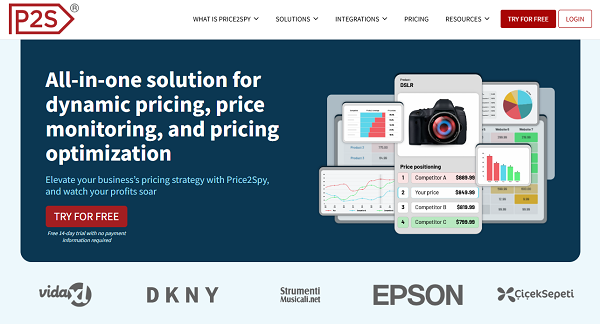
Price2Spy stands out for detailed reporting and flexible scheduling options.
Strengths: Per-product scraping schedules, proxy support on enterprise tiers.
Proxy Notes: Built-in rotating proxy pools dodge retailer rate limits effortlessly.
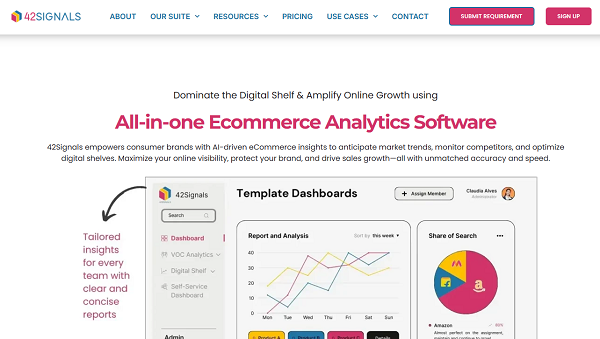
This AI-driven platform tracks prices and digs deeper into promotions, stock, and sentiment.
Strengths: Real-time dashboards (updated every 10 minutes), geo-specific pricing for 30+ markets.
Proxy Notes: Native geo-targeted proxies deliver accurate local data without extra setup.
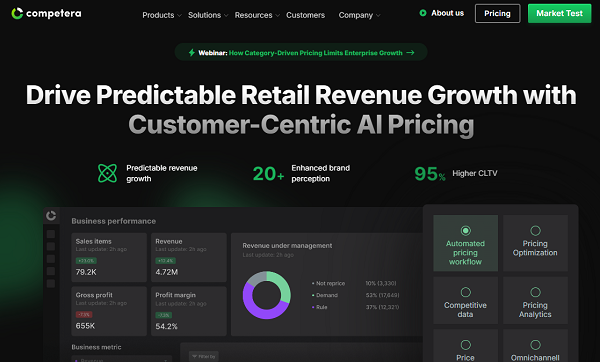
Competera fuses competitor prices with margin and demand analytics for smarter pricing decisions.
Key Features: Market aggregation, price elasticity modeling, BI-tool integration (Tableau, Power BI).
Proxy Notes: Combine residential proxies for secure scraping; choose sticky IPs for complex sites.
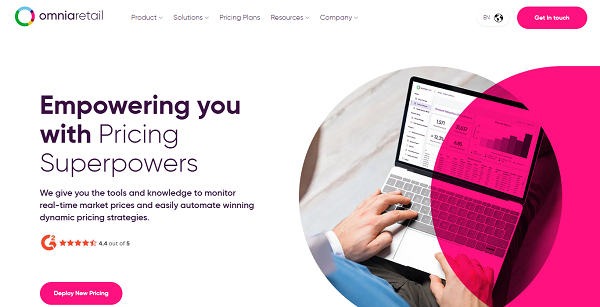
Omnia Retail combines price tracking with AI-driven pricing and promotion recommendations.
Key Features: Dynamic price suggestions, promotion optimization, Shopify/Magento/Salesforce integration.
Proxy Notes: Includes rotating datacenter and residential proxies, plus geo-targeting for regional accuracy.
Your ideal tool depends on your goals and scale. Here’s a quick decision guide:
Editor's Tip: Most offer free trials. Test-drive a few to match features and feel to your workflow.
Scraping competitor prices isn’t flawless. Here’s how proxies tackle the biggest hurdles:
Problem: Retailers block IPs sending too many requests (HTTP 429/403 errors).
Fix: Rotating residential and datacenter proxies spread requests across thousands of IPs, blending in as organic traffic.
Problem: Prices shift by region, but you’re stuck seeing local rates.
Fix: Geo-targeted proxies fetch prices from any country, reflecting true local costs (taxes, shipping included).
Problem: Prices load via JavaScript, invisible to basic scrapers.
Fix: Headless browsers with proxies capture dynamic content while dodging blocks.
Problem: Inconsistent price formats (e.g., $19.99 vs. 19,99€).
Fix: Proxies ensure raw data accuracy; pair with strong parsing to standardize outputs.
Python Example (requests + rotation):
python
from random import choice
import requests
PROXIES = [
"http://user:[email protected]:8000",
# … add 20+ endpoints
]
def get_page(url):
proxy = {"http": choice(PROXIES), "https": choice(PROXIES)}
headers = {"User-Agent": "Mozilla/5.0 (compatible)"}
resp = requests.get(url, proxies=proxy, headers=headers, timeout=15)
resp.raise_for_status()
return resp.text
# Rotate per call
html = get_page("https://competitor.com/product/123")
Node.js Example (Puppeteer + proxy):
javascript
const puppeteer = require('puppeteer');
async function fetchPrice(url, proxy) {
const browser = await puppeteer.launch({
args: [`--proxy-server=${proxy}`]
});
const page = await browser.newPage();
await page.goto(url, { waitUntil: 'networkidle2' });
const price = await page.$eval('.price', el => el.textContent);
await browser.close();
return price;
}
Catch requests.exceptions.ProxyError and retry with a fresh proxy.
Log latency and success rates; automatically remove endpoints exceeding error thresholds.
Keep your setup smooth and ethical with these tips:
1. Respect Robots.txt: Follow crawl delays and exclusions, even with proxies.
2. Throttle Requests: Add 2–5 second delays to mimic human browsing.
3. Monitor Proxy Health: Track latency and errors; refresh underperforming IPs.
4. Secure Credentials: Encrypt proxy logins—never expose them in code.
5. Audit Data: Save raw HTML and logs for debugging and compliance.
In 2025, top-tier competitor price tracking software isn’t just about scraping—it’s about resilience and precision, powered by proxies. Whether you pick Prisync’s simplicity, Competera’s analytics, or another tool from our list, adding a rotating residential proxy pool ensures global reach and uninterrupted data.
Ready to outsmart your rivals? GoProxy offer high puirty rotating residetial proxies for tracking competitor price. Plus real unlimited traffic rotating residetial proxy plans for scale demand.
< Previous
Next >
 Cancel anytime
Cancel anytime No credit card required
No credit card required